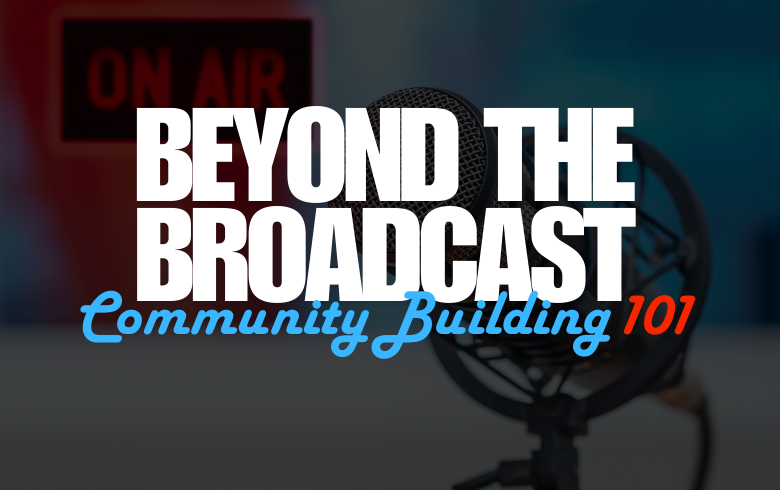Public radio has a mission. Bill Simmering, a member of the founding board of NPR, authored the organization’s original mission statement, including these passages:
“National Public Radio will serve the individual: it will promote personal growth; it will regard the individual differences among men with respect and joy rather than derision and hate; it will celebrate the human experience as infinitely varied rather than vacuous and banal; it will encourage a sense of active constructive participation, rather than apathetic helplessness.”
“The total service should be trustworthy, enhance intellectual development, expand knowledge, deepen aural esthetic enjoyment, increase the pleasure of living in a pluralistic society and result in a service to listeners which makes them more responsive, informed human beings and intelligent responsible citizens of their communities and the world.”
The assumption in this statement, of course, is that public radio will accomplish this mission by creating and distributing audio content. After all, when these words were written in 1970, radio was by far the best means of delivering audio content to the masses.
Today, the internet provides a vastly superior way to deliver not just audio content, but video and text as well.
But the internet has not just altered the delivery of content. It’s also changed the creation of content. While it once required sophisticated, expensive equipment such as radio transmitters, television studios, and printing presses, to create and distribute content (along with a team of highly skilled professionals to run that equipment), today anybody with a smartphone and an internet connection can do it.
 When it comes to content creation, the barrier to entry has been obliterated.
When it comes to content creation, the barrier to entry has been obliterated.
As a result, Americans find themselves flooded with content. This onslaught has only made it more difficult for public radio to accomplish its mission. It doesn’t matter how high the quality of the content is or how noble its creators’ intentions are if that content gets drowned by billions of hours of competition.
There’s too much content competing for a finite amount of attention.
But this problem isn’t just a challenge for public radio’s programming departments; it’s also affecting the revenue side of the business. Public radio stations — like all media companies — have revenue models that are built on the assumption that there is a high barrier to entry into the content creation game. This simply isn’t true anymore, and it’s why we’re not only seeing public media outlets suffer layoffs but television stations and newspapers and Hollywood studios as well.
Most media executives assumed that if they could just figure out how to deliver their content digitally, they would be on the path back to prosperity. This has turned out to be a mirage. After all, if the key was digital delivery, then digital-first content companies like Vice, BuzzFeed, and Gawker would be dominating. They’re not.
Both traditional media companies and digital-first media companies are dying because their revenue models are based on an outdated assumption: that content is scarce.
By contrast, tech companies like Alphabet (with Google and YouTube), Meta (with Facebook and Instagram), TikTok, and even Apple have revenue models that assume an abundance of content. When more people create more content, these companies make more money.
When more people create more content, media companies have more competition, and they lose money.
So what is public media to do? How can it both accomplish its mission and remain financially viable?
It can’t do this by producing content alone.
But it can do it.
How? By serving public radio’s original 1970 mission with 2024 tools.
Paragon kicked off this conversation two weeks ago with a panel discussion that I moderated. You can watch the recording here:
Next Wednesday, September 25th, we’ll continue the conversation. You’re invited to join us as we explore a new path forward for public media companies:
I hope you can make it!

Leave A Comment